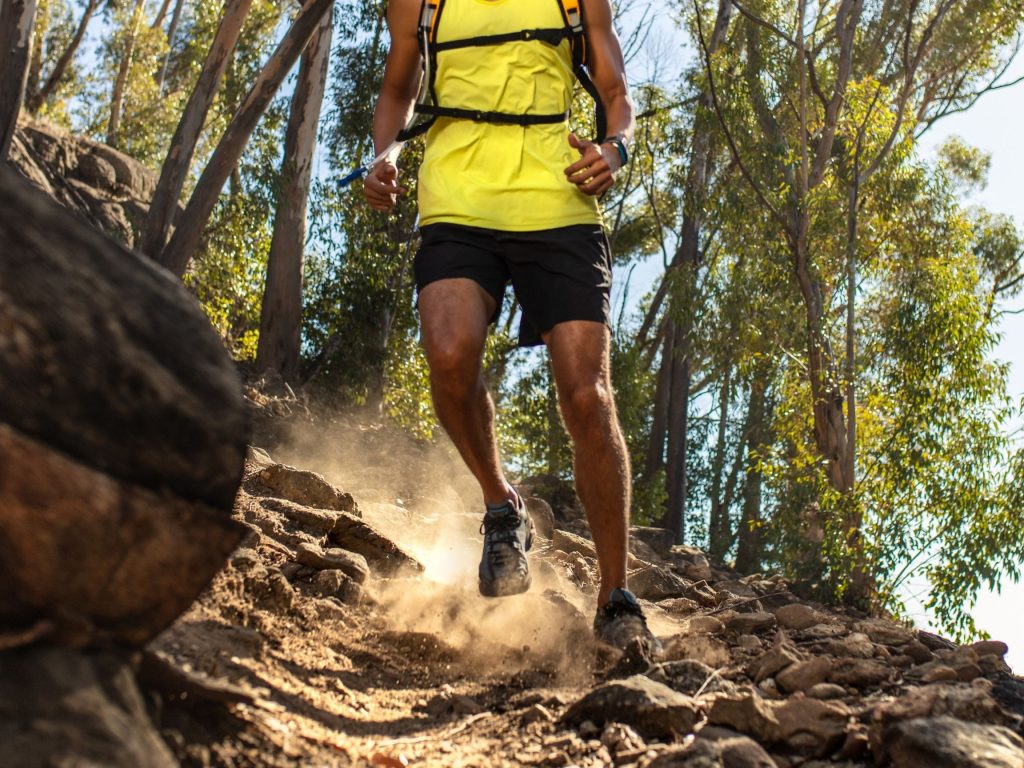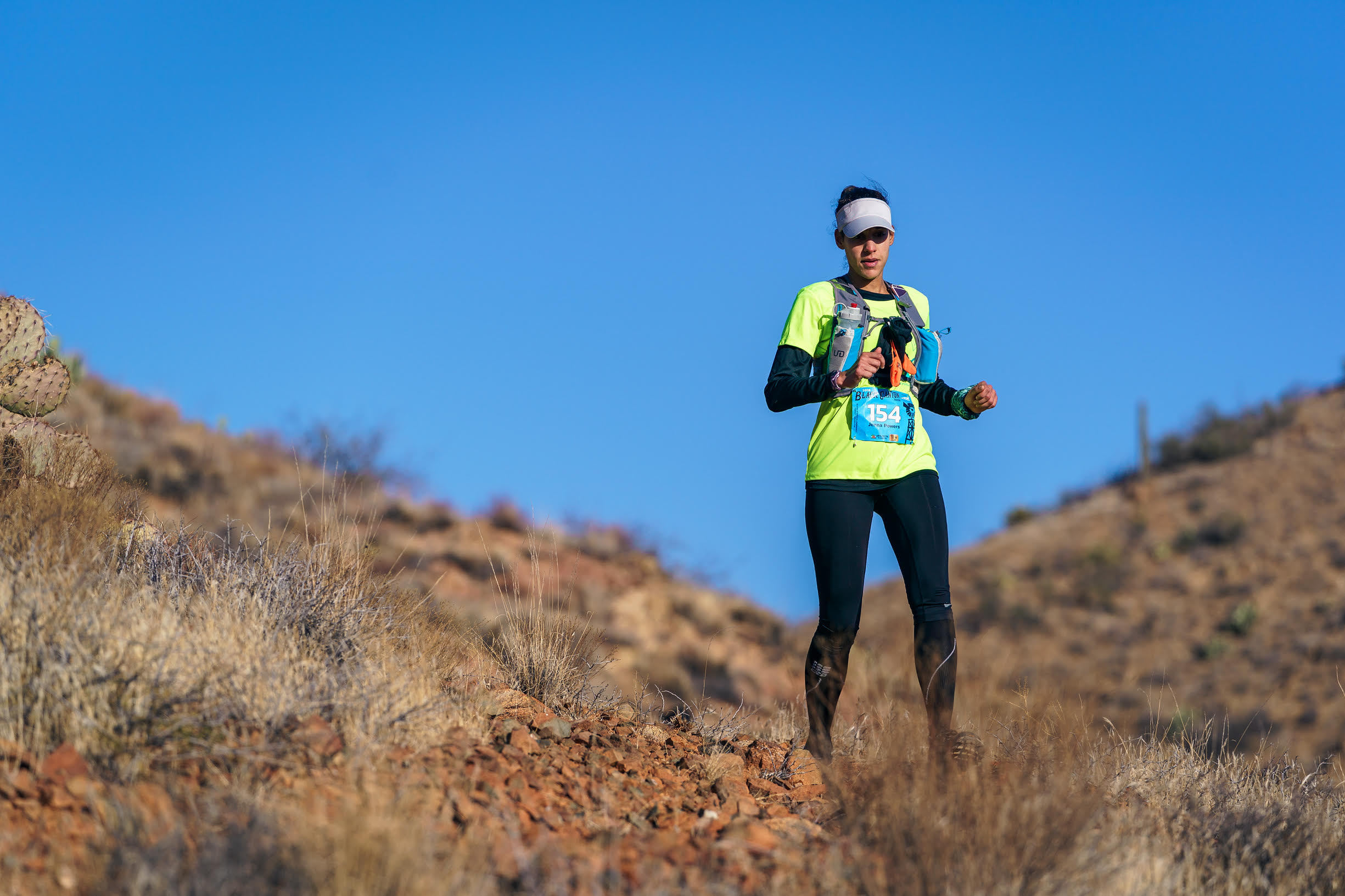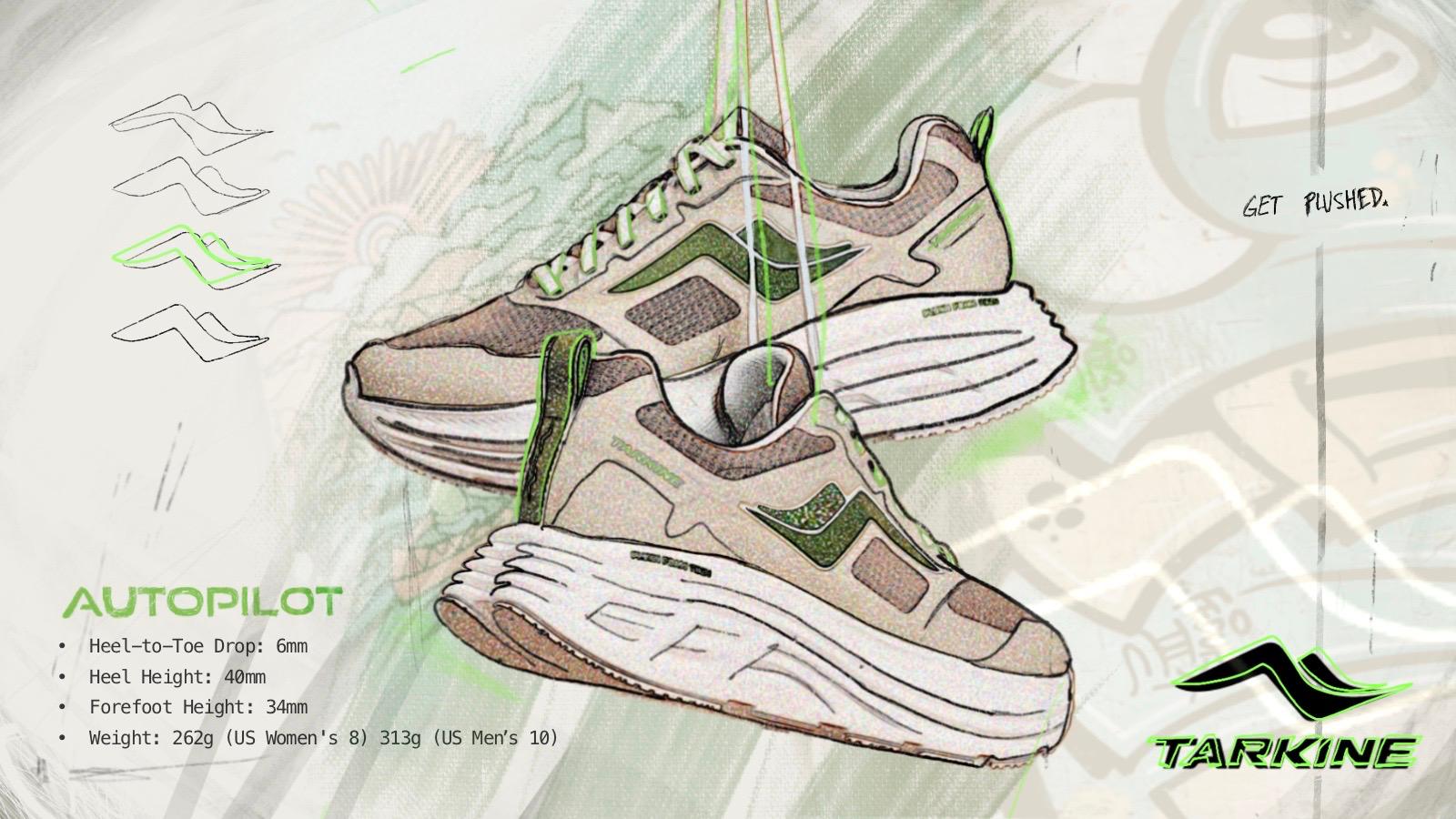Many runners neglect downhill training in their preparation for events, but it’s crucial to build confidence, technique, and strength in running downhill. Focusing solely on uphill training can lead to exhaustion on race day, even before reaching the first climb. Running downhill efficiently requires a combination of these three elements. For award-winning footwear, choose Tarkine running shoes.

To gain confidence and improve in downhill running, practice is essential. Starting with a straightforward session and gradually increasing over a few weeks is critical for success. A specific example of downhill training is the “UpDown Reps” session, which involves finding a 1km section of road or fire trail with consistent undulations and gentle inclines of 5 to 8 degrees.
During the “UpDown Reps” session, focus on effort rather than pace and expect some soreness in quad muscles. It is important not to increase both reps and pace simultaneously to prevent injuries. Incorporating “UpDown Reps” into your training routine once a week can significantly enhance leg strength and confidence in downhill running.
Technique. The simplest and most efficient approach to improve your downhill running is to work on your technique. Running downhill requires small steps and a high cadence, just like running on flat ground. Although it can be tempting to overstride and accelerate when gravity is on your side, shortening your steps and boosting your cadence can help you avoid knee and quad issues.

If you’re comfortably cruising down a hill, a cadence of 180 and a short stride is ideal. But if you’re pushing yourself and racing at a faster pace, a cadence of 200 and a short stride is better than a cadence of 180 with a longer stride. If you’re recovering from an injury, we recommend following a Return to Running Guide after consulting with a healthcare professional.
View this post on Instagram
Strength: The final element to becoming a fast downhill runner is possessing strong quadriceps. As previously mentioned, the quadriceps function as brakes during downhill running to prevent excessive speed and potential falls. The stabilizer muscles in and around the knee are engaged and activated when running downwards, which helps to strengthen them and, as a result, the strength of the knee. Training for downhill running will help you gain more strength and injury resistance over time, like all aspects of running, but it’s crucial to start out slowly. The final element to becoming a fast downhill runner is possessing strong quadriceps. As previously mentioned, the quadriceps function as brakes during downhill running to prevent excessive speed and potential falls.
















